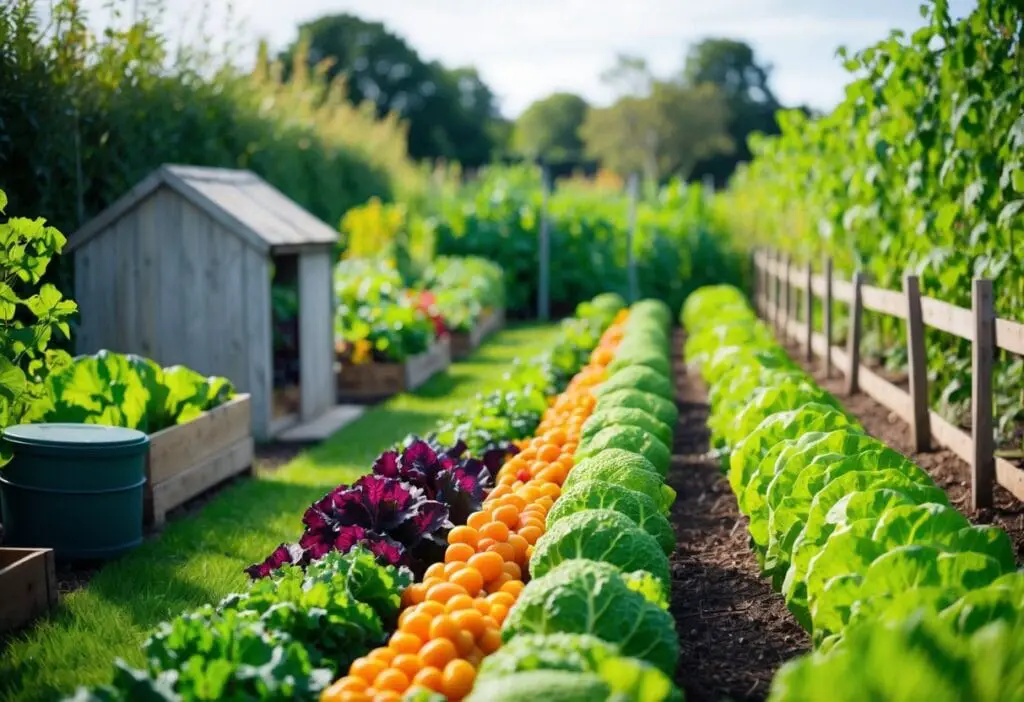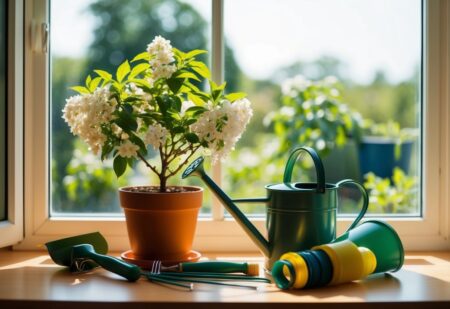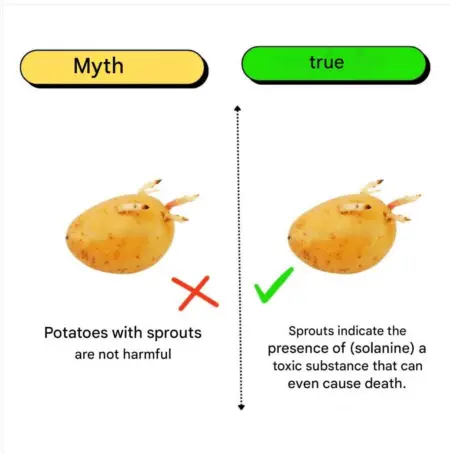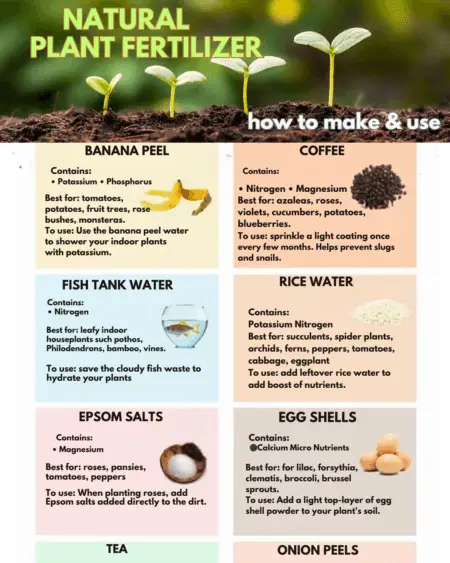Growing a vegetable garden offers many benefits. It allows families to save on grocery expenses while providing access to fresh, nutrient-rich produce. Homegrown fruits, vegetables, and herbs are often more flavorful and healthier than store-bought options. This experience can also encourage children and the entire family to increase their intake of fruits and vegetables.
In addition to the personal satisfaction of growing food, a vegetable garden promotes self-sufficiency. With the ability to can or freeze surplus harvests, families can enjoy their homegrown bounty year-round. The journey of gardening can also inspire creativity in the kitchen, making it an exciting activity for everyone involved.
Key Takeaways
- Home vegetable gardening reduces grocery bills and enhances family nutrition.
- Fresh produce from a garden offers superior flavor compared to store varieties.
- Families can enjoy their harvest year-round through canning and freezing.
How Large Should the Vegetable Garden Be?
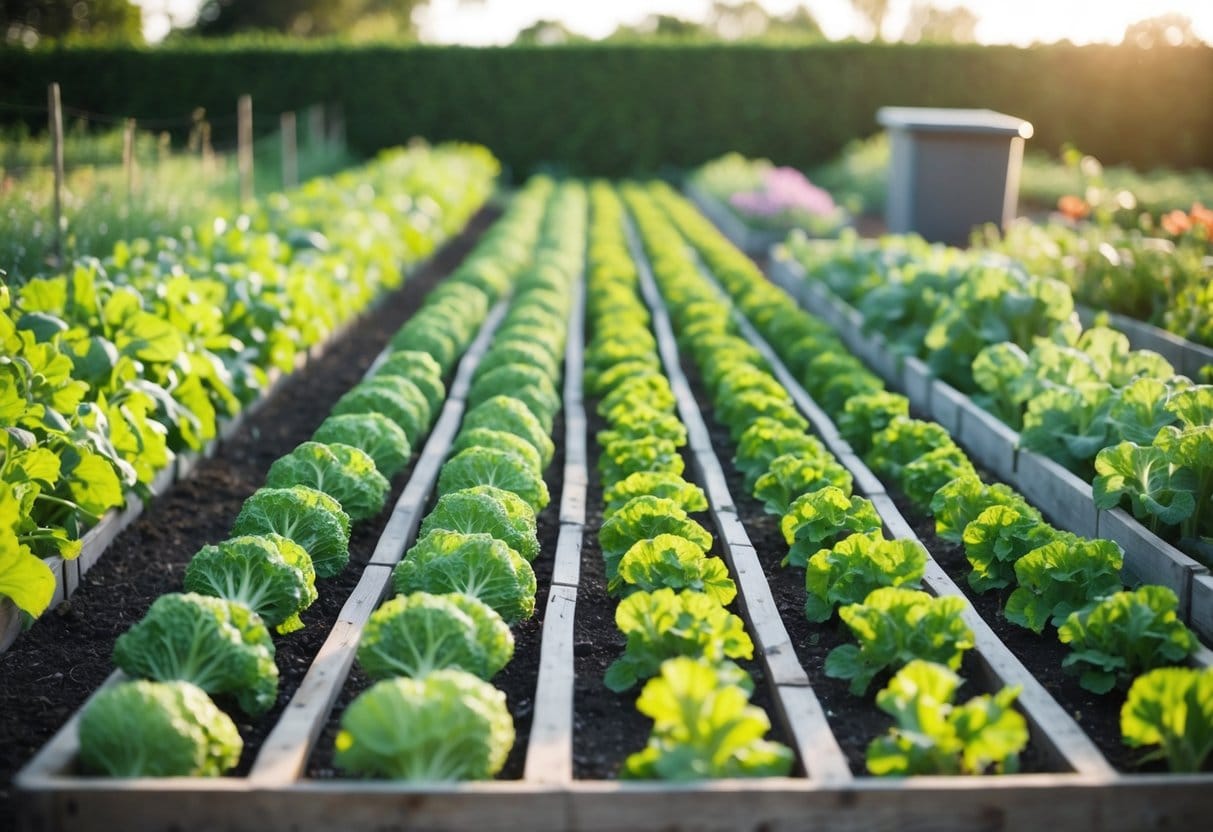
For a beginner, a vegetable garden of about 8 square meters is ideal. This space allows for future expansion as knowledge and experience grow. Here are some layout options:
- In-ground garden: A rectangle measuring 2 m x 4 m
- Square plots: Two squares of 2 m x 2 m each
- Raised garden beds: Four beds, each 1 m x 2 m
This plan supports a family of four effectively.
Choosing which vegetable plants to grow
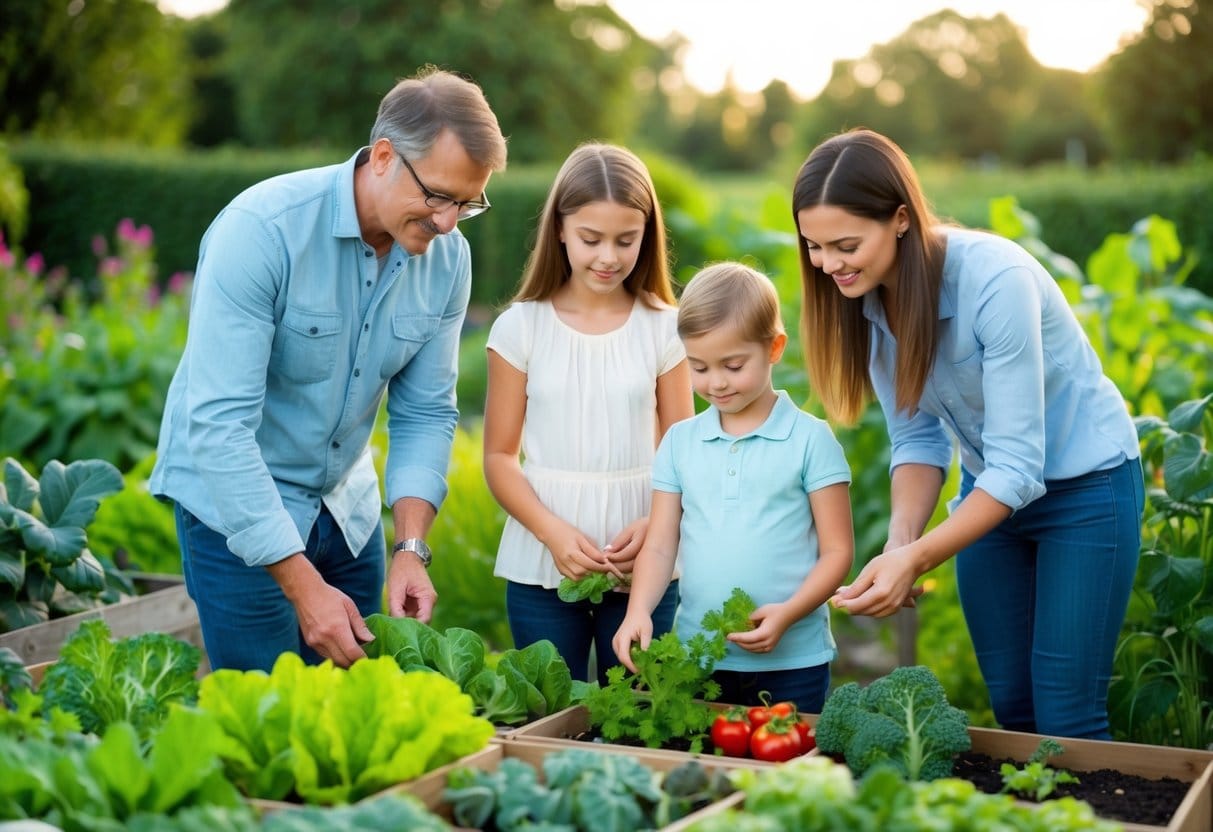
Selecting the right vegetables for a garden begins with personal preference. It is best to grow what you and your family enjoy eating. If certain vegetables are not favored, it is wise to skip them and instead plant favorites for a rewarding gardening experience.
Bulb, leafy and cruciferous vegetables
When considering bulb, leafy, and cruciferous vegetables, these plants can thrive in full sun and add great flavor and nutrition to meals.
- Garlic: Plant 7 cloves in the ground during the fall.
- Onions, Green Onions, Leeks: Plant about 20 to 30 of these in the ground. It is best to start them indoors around mid-March.
- Lettuce and Spinach: These prefer full sun to part shade. Stagger planting every few weeks to enjoy a continuous harvest. Plant 3 to 4 every few weeks in the ground or in a raised table garden, starting indoors in mid-April.
- Cabbage, Cauliflower, Broccoli, Bok Choy, Brussel Sprouts: These cruciferous vegetables also do well in full sun or part shade. Plant about 3 to 5 in the ground, starting indoors by mid-April.
Fruit vegetables
Fruit vegetables are often the stars of the garden. These should be planted with sufficient sun exposure to ensure a good yield.
- Cucumbers: Plant 2 in the ground or a pot with a trellis support. Sow seeds in early June.
- Zucchini: Similar to cucumbers, plant 2 in-ground or in a pot. Direct-sow in early June.
- Squash and Melons: For these larger fruits, plant 2 in the ground and direct-sow in early June.
- Beans: Choose 5 climbing varieties or plant 2 rows in the ground with a trellis support. Beans grow well in full sun or part shade. Direct-sow in early June.
- Tomatoes: Depending on size, plant 1 cherry, 1 medium, and 1 large tomato in-ground or in a pot with support. Start indoors in mid-April.
- Peas: Plant 1 seed packet in the ground with a trellis support. Sow in late May.
Root vegetables
Root vegetables are versatile and can provide a satisfying crunch in many dishes.
- Beets: Plant 1 seed packet in full sun or part shade. Direct-sow in mid-May.
- Carrots: Like beets, use 1 seed packet and start in mid-May.
- Turnips: Plant 3 to 4 in the ground directly sown in mid-May.
- Radishes: These can also grow in part shade. Plant 1 seed packet either in the ground or in a raised table garden, starting in early May.
- Potatoes: Use 5 to 10 plants in the ground or a deep container, direct-sown in mid-May.
Herbs
Herbs add flavor to meals with minimal effort. Most herbs thrive with a mix of sun and shade.
- Basil: Plant 4 in pots on the deck, starting indoors in mid-April.
- Chives: Use 1 to 2 plants in the ground, starting indoors in late March.
- Parsley: Plant 1 to 2 in pots on the deck, starting indoors in late March.
- Mint: Plant 1 in a pot since mint spreads quickly.
- Cilantro: Use 1 to 2 plants directly sown in the pot by late May.
- Oregano: Typically bought, plant 1 in the ground.
- Thyme: Plant 1 in the ground, starting indoors in early March.
- Rosemary: Buy and plant 1 in the ground for easy access.
Small fruits and berries
Small fruits and berries can add sweet flavors and are often easy to grow.
- Strawberries: Plant 3 to 4 in hanging planters for a beautiful display.
- Raspberries: These should be planted in the ground, adjusting according to available space.
- Blueberries, Haskap Berries, Gooseberries, Blackcurrants: These can all be planted in bushes in the ground, with full sun to part shade preferences.
Plants that Support Each Other
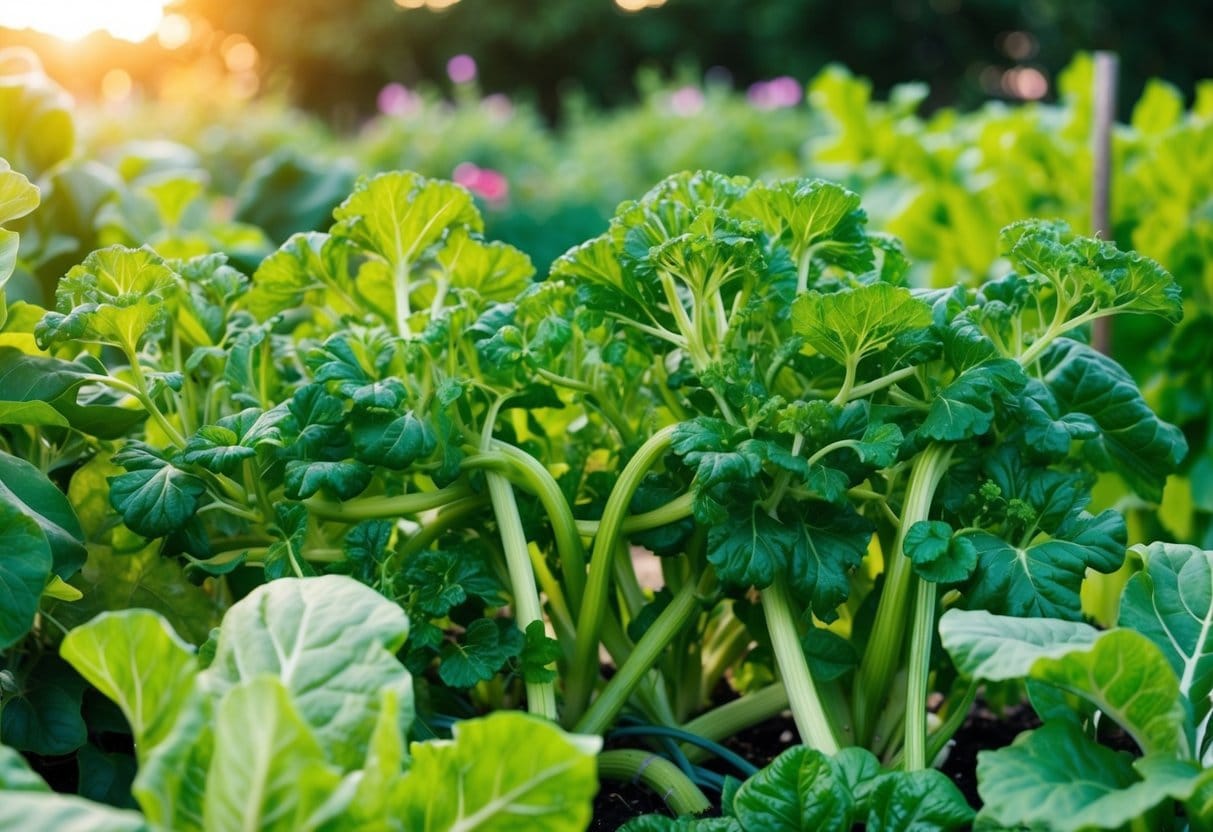
Certain plants can assist each other in the garden, enhancing growth and reducing pests. For instance, parsley and chives deter aphids. Meanwhile, nasturtiums and marigolds not only repel harmful insects but also draw in beneficial pollinators, making them excellent choices for garden planning.
Frequently Asked Questions
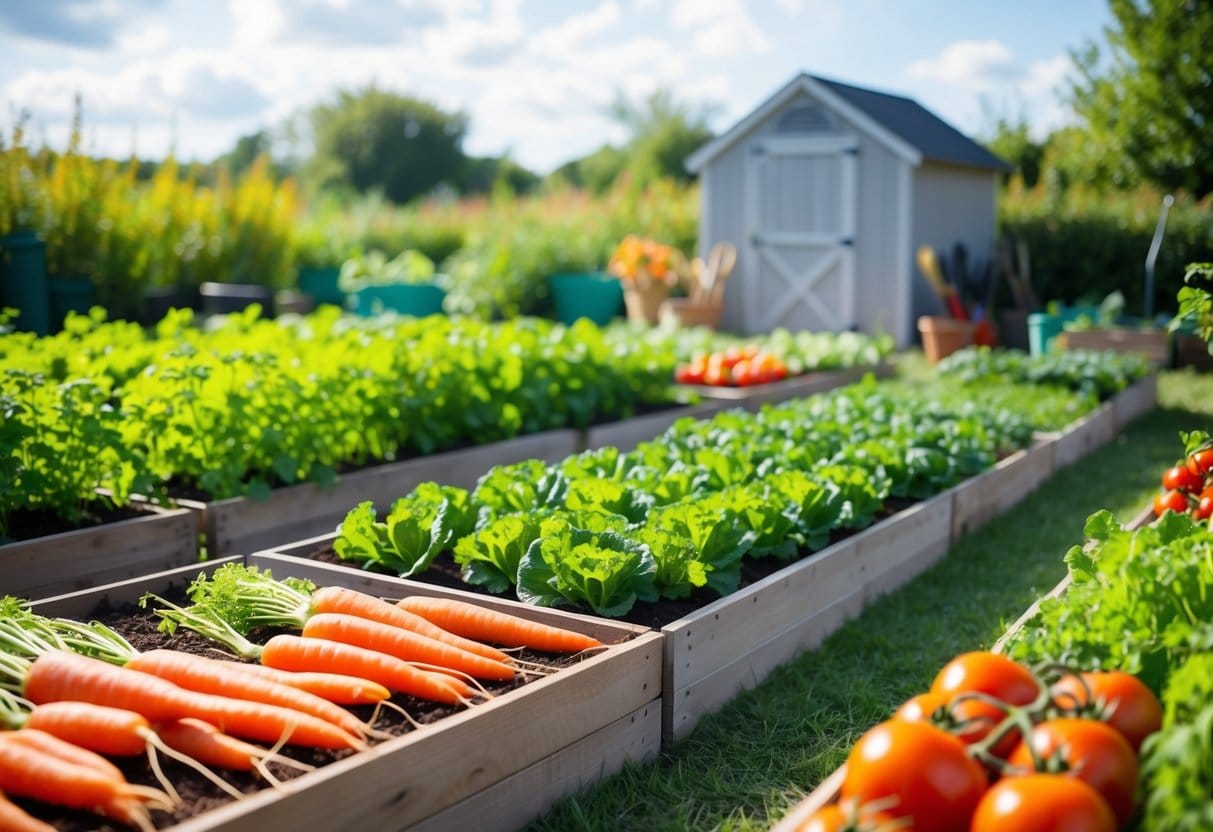
How should a garden be arranged to effectively support a family of four?
An effective garden layout for a family of four should consider factors like accessibility, sunlight, and crop rotation. Raised beds or rows can help maximize space. Grouping plants that require similar care together can streamline maintenance. Additionally, placing taller plants on the north side of the garden allows shorter plants to benefit from sunlight.
What amount of vegetables is necessary to feed a family of four each year?
To sustain a family of four, approximately 400 to 600 square feet of garden space is often recommended. This can provide a good variety of vegetables throughout the year. It may also be beneficial to plan for preserving some of the harvest, as this can affect how much to plant.
Which vegetables should be prioritized in a garden meant for a family of four?
When planning a garden, focus on vegetables that provide high yields and nutritional value. Some top choices include:
- Tomatoes
- Peppers
- Carrots
- Lettuce
- Cucumbers
These vegetables are popular, versatile, and often produce generously.
How can one design a garden to yield food throughout the year for a family of four?
To achieve year-round production, the garden layout should include a mix of cool-season and warm-season crops. Utilizing techniques such as succession planting can help ensure continuous harvests. Additionally, incorporating strategies such as cold frames or row covers can extend the growing season.
What are effective methods for controlling pests in a vegetable garden for a family?
Managing pests can be done through several strategies, including:
- Companion planting: Pairing plants that can help deter pests.
- Natural predators: Encouraging beneficial insects like ladybugs.
- Physical barriers: Using nets or row covers to protect crops.
How many plants of each vegetable type are necessary to feed a family of four?
The number of plants per vegetable can vary based on the type and the family’s consumption. Here is a general guideline:
- Tomatoes: 6-8 plants
- Peppers: 4-6 plants
- Carrots: 30-40 seeds
- Lettuce: 10-12 plants
- Cucumbers: 2-3 plants
These numbers can be adjusted based on personal preference and consumption habits.


